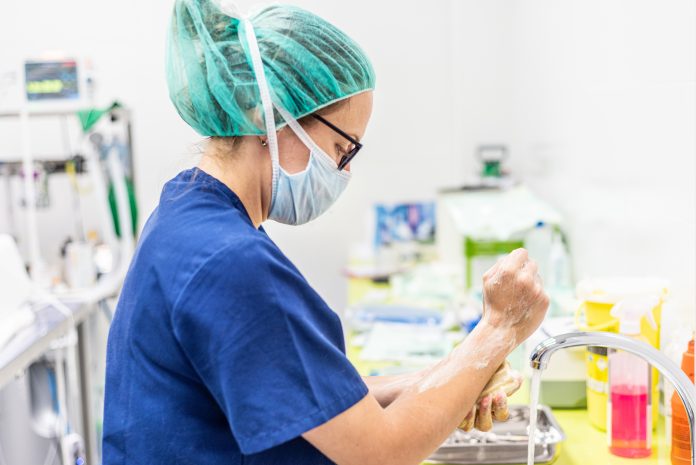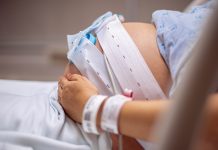Two divisions of Active Care Group – Christchurch Group and Remeo – discuss the importance of infection prevention and control in the healthcare sector in light of COVID-19
COVID – as we all know – is a particularly virulent virus and one that demands a high level of prevention and infection control in post-acute environments.
The foundation of good infection control is to assume that everyone is potentially infectious. Recommended basic infection control procedures are as follows:
Risk assessments Undertake risk assessments:
- As an individual.
- As a working group.
- In the workplace.
If something is not right – e.g. if you receive masks that are not safe – call NHS England and Public Health England, escalate it and seek advice. Every day is a learning day – it important that we share our experiences with others so we can tackle issues together.
For the built environment Ensure you implement the following:
• Meticulous cleaning of patient equipment between each patient as outlined within the Revised Healthcare Cleaning Manual PAS 5748 (BSI 2014).
• Decontamination – sterilisation, disinfection and cleaning of all equipment and surfaces by the housekeeping team to render all items and the environment safe.
• Regular cleaning and decontamination of ventilation ducts with a chorine based disinfectant at a minimum strength of 1,000ppm.
• Large, highly visible signage at the entry towards to prevent unauthorised personnel entering high-risk zones.
• Prohibited entry by all visitors – except maintenance staff who must like medical staff be tested and don PPE when entering high-risk zones.
For staff in all units and community settings
Ensure that all staff comply with the following rules:
- Exercising optimal hand hygiene – regularly washing their hands with soap and water for at least 20 seconds, then drying them thoroughly.
- Using hand rub that contains at least 60% alcohol when soap and water is not accessible.
- Maintaining a physical distance of 2 metres between people to prevent the spread of this contagious virus
- Prior to entry of a unit, donning aprons, fluid repellent gowns, gloves, a surgical mask and eye protection. This applies to all clinicians and care professionals that work within 2 metres of a confirmed or suspected COVID-19 patient.
- Applying qualitative fit testing and checking of all staff – i.e. implementing the pass/fail test method that uses your sense of taste or smell or your reaction to an irritant to detect leakage into the respirator facepiece.
- Providing high-level training and support for housekeeping staff – many of whom may be from the BAME community who according to the National Office of Statistics account for 11% of those hospitalised with COVID-19.
And ensure that
- Fresh cold water is readily available to keep staff hydrated.
- Face creams are readily available to protect staff from pressure sores from masks or sore skin from repetitive washing of the hands.
- In-house washing and management of scrubs is in place to minimise the risk to the families of staff.
- Openness and transparency are actively encouraged – it’s important that staff keep senior leaders well informed – e.g. if their husband or wife has developed symptoms of COVID – high temperature, loss of taste and smell etc. so appropriate action can be taken and contagion limited.
• Clinical and office areas are adequately ventilated – open windows to maintain a fresh supply of air to help prevent staff and patients from overheating.
Conclusion
Stick rigorously to the guidelines – remember your duty to staff and patients – and be prepared to change and adapt as new guidance comes through. Make it your duty to keep everyone as safe as they can possibly be.
Information for this article was kindly provided by two divisions of Active Care Group – Christchurch Group, specialists in post-acute rehabilitation programmes for COVID patients and Remeo Healthcare, specialists in respiratory rehabilitation.











